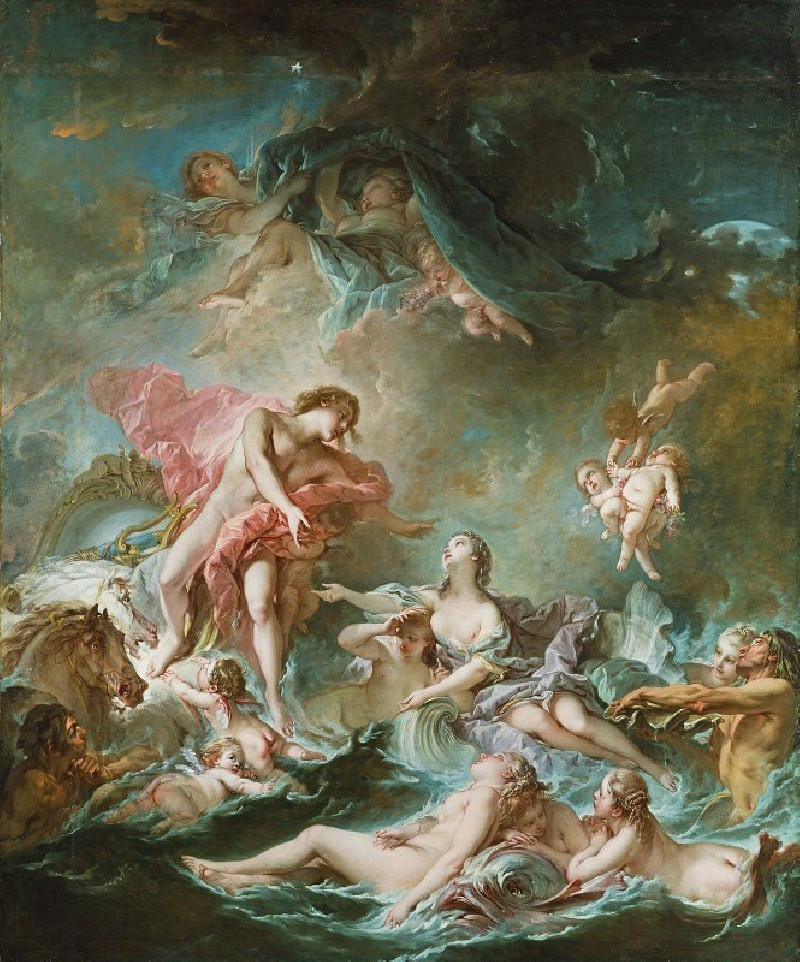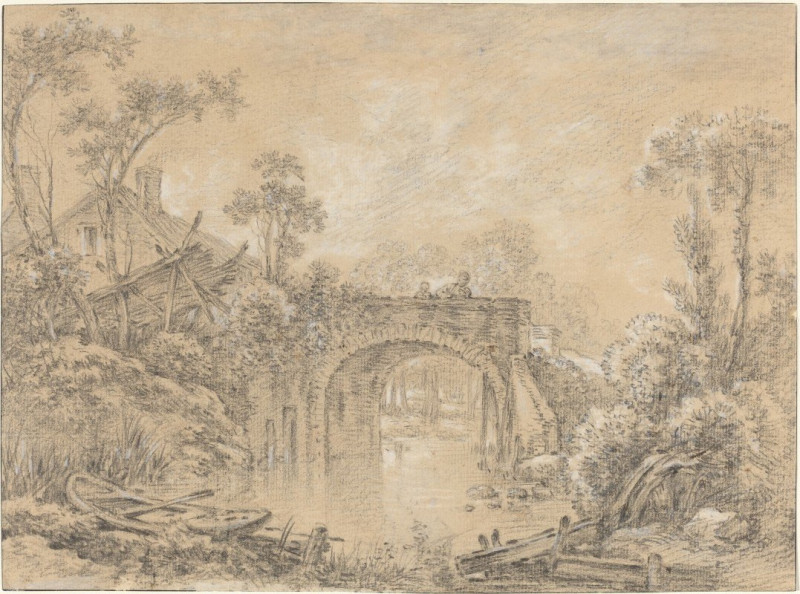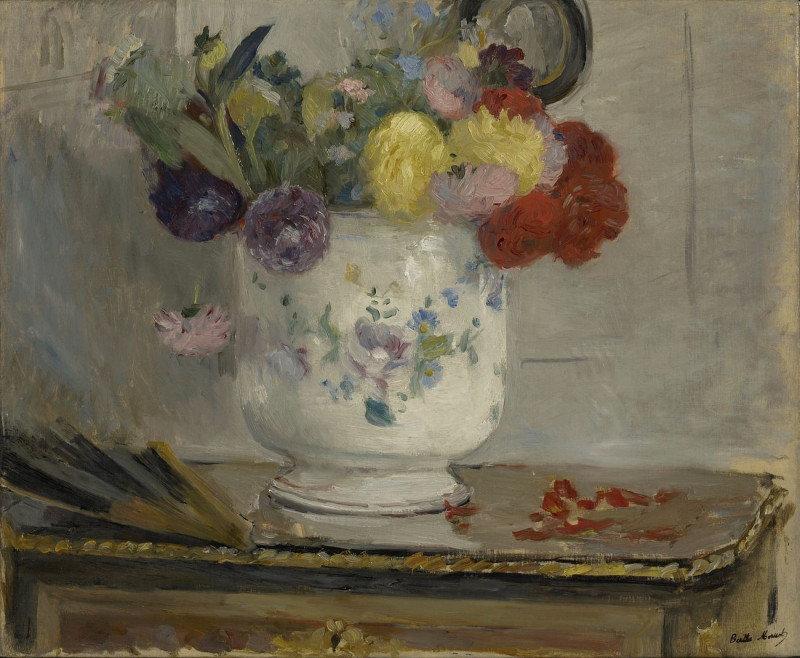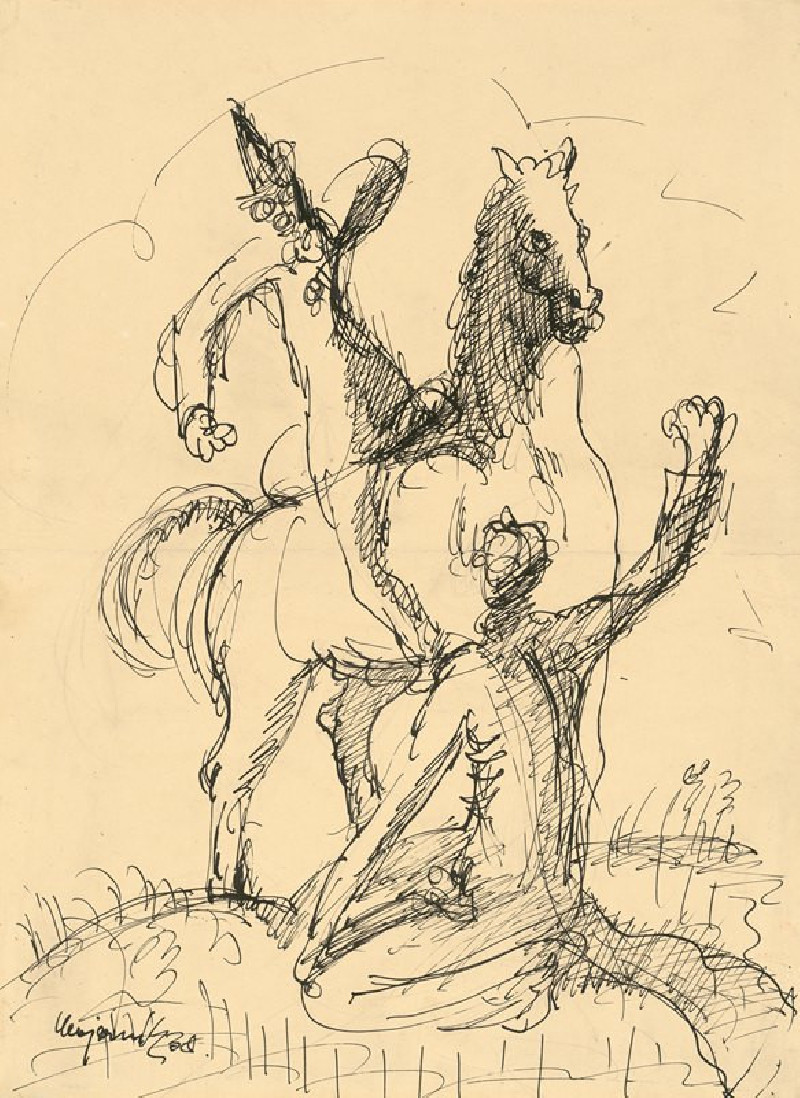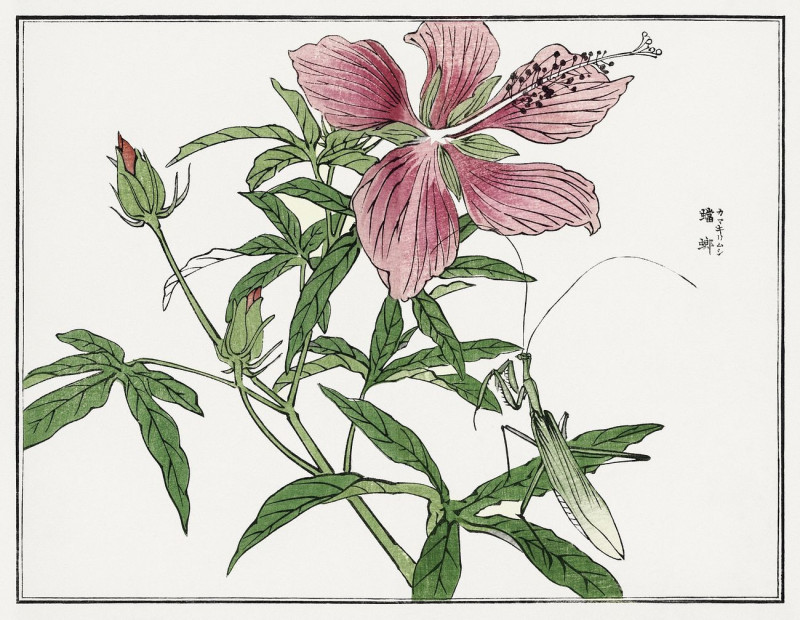Allegory of Painting (1765)
Technique: Giclée quality print
Recommended by our customers
More about this artwork
** Francois Boucher, a master of the Rococo style, adeptly captures the spirit of artistry and imagination in his 1765 masterpiece titled "Allegory of Painting." In this visually engaging work, the central figure is a youthful, rosy-cheeked woman who embodies painting itself. She is shown gracefully seated, her gaze directed fondly towards the canvas, imparting a delicate line with her brush.Surrounding the allegorical personification of painting are playful cherubic figures, each deeply involved in artistic pursuits. One cherub holds a wreath, perhaps symbolizing the victory and honor of artistic achievement, while another contemplates a drawn figure on the canvas, hinting at the reflective nature of art. Another cherub, playfully engaged, handles brushes and palettes, suggesting the tools and labor integral to the artistic process.The color palette of soft blues, gentle greens, and warm flesh tones, along with the fluid draperies and fluffy clouds, enhance the dreamlike quality of the scene, which is signature to Boucher's style. The backdrop of hazy, undefined space further elevates the ethereal and idealized realm of creativity that the painting represents."Allegory of Painting" not only showcases Boucher’s excellent skill in composition and color but also serves as a celebration of the art of painting, viewed during the 18th century as a blend of both craft and divine inspiration. Its intricate detail and rich symbolism invite viewers to explore the complex and enchanting relationship between artists and their creations.
Delivery
Returns
François Boucher (1703–1770) was a French painter, engraver, illustrator and printmaker. He was a proponent of Rococo and had a huge influence in spreading the style throughout Europe. His art was idyllic and voluptuous with a high-toned palette of blues and pinks. He created designs for all decorative arts, porcelains and tapestries. Boucher also painted several portraits including his patroness Madame de Pompadour. He is one of the most celebrated decorative artists of the 18th century.












